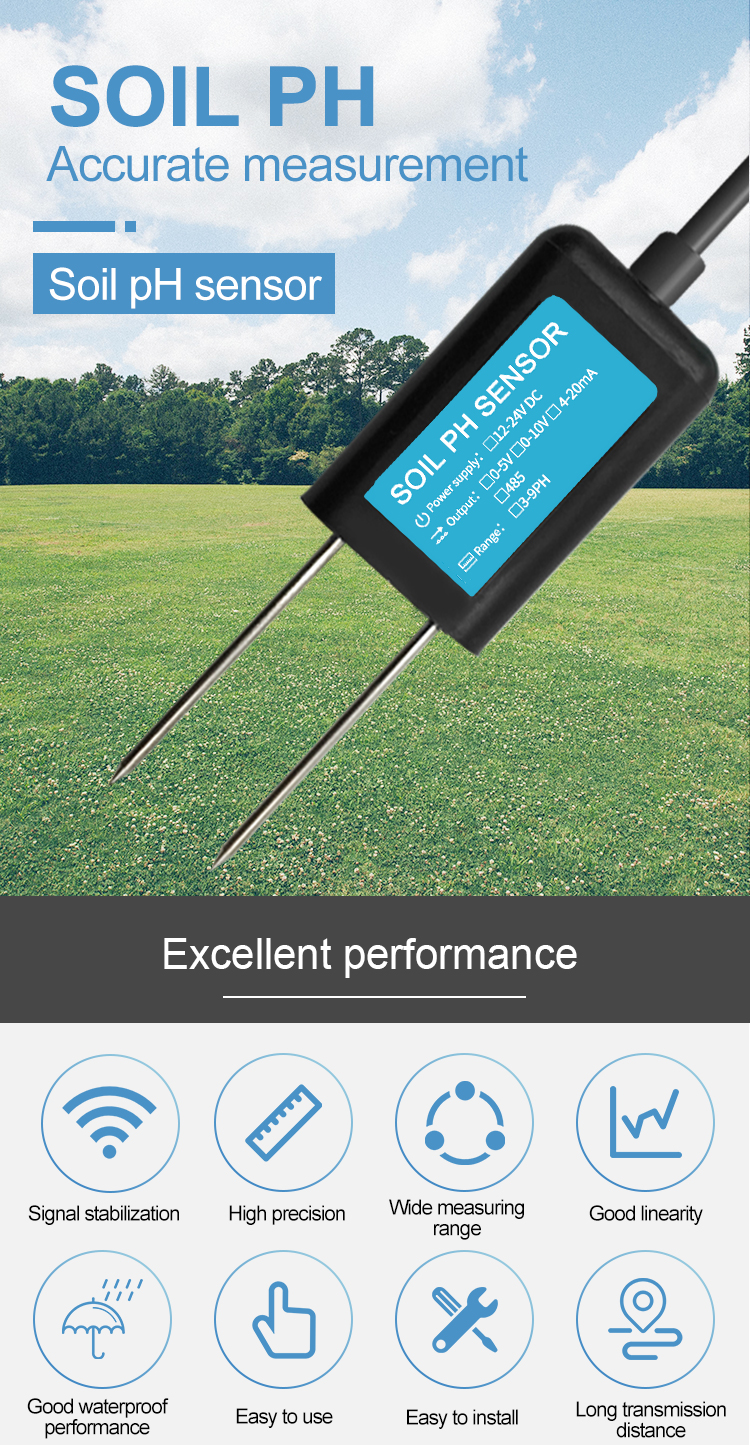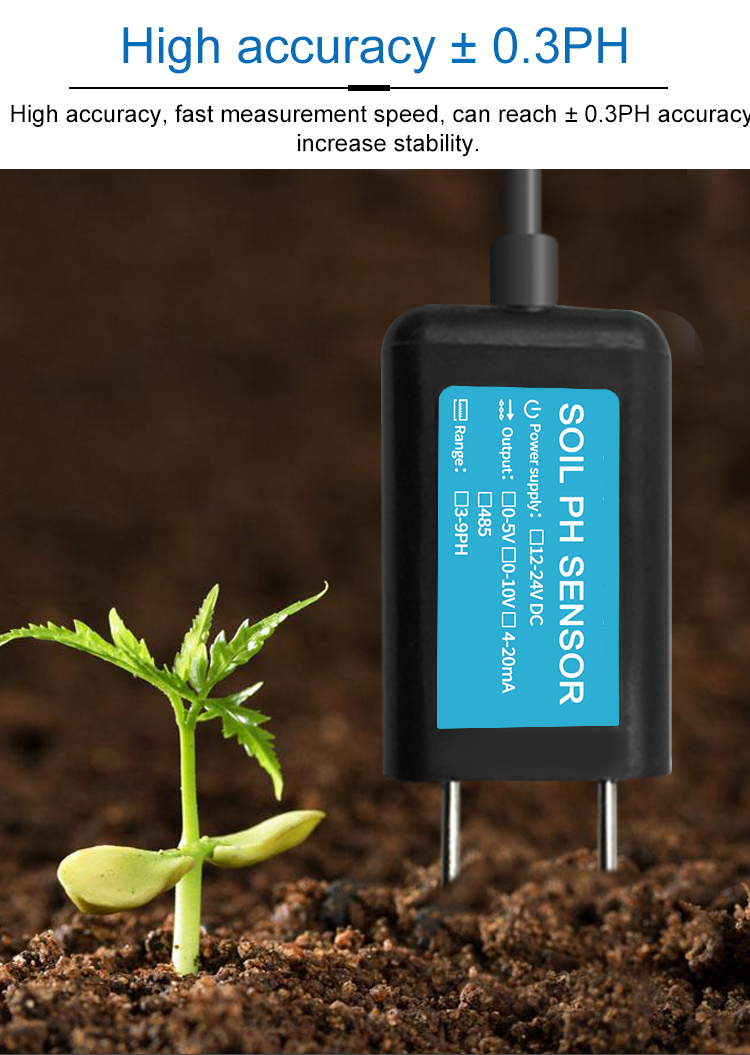Introduction
Agriculture, the backbone of human civilization, has undergone significant transformations over the centuries. From traditional farming methods to modern mechanization, the sector has continually adapted to meet the growing demands of a burgeoning population. Today, agriculture stands at the cusp of another revolutionary leap with the advent of smart soil sensors and predictive farming practices. These innovations promise to redefine how crops are grown, monitored, and harvested, ultimately leading to more sustainable and efficient agricultural systems.
The Evolution of Agricultural Technology
Agricultural technology has seen rapid advancements in recent decades. From the advent of tractors and combines in the early 20th century to the introduction of drones and satellite imagery in the 21st century, technology has played a pivotal role in increasing productivity and reducing labor intensity. However, despite these advancements, many agricultural practices still rely heavily on intuition, experience, and traditional knowledge. This reliance can lead to inefficiencies, overuse of resources, and environmental degradation.

Smart soil sensors represent a significant step forward in agricultural technology. These sensors are designed to monitor various soil parameters, including moisture, temperature, pH, nutrient levels, and salinity. By collecting and analyzing this data in real-time, farmers can make informed decisions about crop management, irrigation, and fertilization, leading to more sustainable and profitable farming practices.
The Role of Smart Soil Sensors
Smart soil sensors are becoming increasingly sophisticated, incorporating advanced technologies such as Internet of Things (IoT), machine learning, and artificial intelligence. These sensors can be embedded directly into the soil or mounted on the surface, allowing for continuous monitoring of soil conditions.
Moisture Sensing
Moisture is a critical factor in crop growth and development. Too much or too little water can have detrimental effects on crop yield and quality. Smart soil sensors can continuously monitor soil moisture levels, providing farmers with real-time data on soil water content. This information can be used to optimize irrigation schedules, reducing water waste and ensuring that crops receive the right amount of water at the right time.
Temperature Monitoring
Soil temperature is another important factor that affects crop growth. Optimal soil temperatures can vary depending on the crop type and growth stage. Smart soil sensors can monitor soil temperature and provide farmers with early warnings of potential problems, such as frost or heat stress. This information can be used to adjust planting dates, crop variety selection, and irrigation practices to mitigate the impacts of temperature extremes.
pH and Nutrient Level Measurement
Soil pH and nutrient levels are crucial for crop health and productivity. Different crops have different nutrient requirements, and soil pH can affect the availability of these nutrients. Smart soil sensors can measure soil pH and nutrient levels in real-time, allowing farmers to make informed decisions about fertilization and liming practices. This can lead to more efficient use of fertilizers, reduced nutrient runoff, and improved crop yields.
Salinity Monitoring
Salinity is a growing problem in many agricultural regions, particularly in arid and semi-arid areas. High soil salinity can lead to reduced crop yields and increased soil degradation. Smart soil sensors can monitor soil salinity levels, providing farmers with early warnings of potential problems. This information can be used to manage irrigation water quality, apply gypsum or other soil amendments, and select crop varieties that are more tolerant to salinity.
Predictive Farming Practices
The integration of smart soil sensors with predictive farming practices represents a paradigm shift in agriculture. Predictive farming uses data analytics and machine learning algorithms to forecast crop performance, soil conditions, and weather patterns. By combining this information with real-time soil sensor data, farmers can make more informed and proactive decisions about crop management.

Crop Yield Prediction
Predictive farming can be used to forecast crop yields based on historical data, soil conditions, and weather patterns. By analyzing this information, farmers can identify potential yield gaps and take corrective actions to improve productivity. For example, if predictive models indicate that a particular field is likely to experience yield losses due to nutrient deficiencies, farmers can apply targeted fertilization practices to mitigate this problem.
Disease and Pest Management
Smart soil sensors can also be used to monitor plant health and detect early signs of disease and pest infestations. By analyzing soil data and plant growth patterns, predictive models can identify potential problems before they become critical. This information can be used to implement targeted disease and pest management practices, reducing the reliance on chemical pesticides and improving crop resilience.
Resource Optimization
Predictive farming can help farmers optimize the use of resources such as water, fertilizers, and pesticides. By analyzing soil sensor data and predictive models, farmers can identify inefficiencies and take corrective actions to reduce waste and improve productivity. For example, predictive models can be used to optimize irrigation schedules, ensuring that crops receive the right amount of water at the right time while minimizing water waste.
Challenges and Opportunities
Despite the many benefits of smart soil sensors and predictive farming practices, there are also some challenges that need to be addressed. One of the biggest challenges is the cost of implementing these technologies. Smart soil sensors and predictive farming systems can be expensive, and many farmers may not have the financial resources to invest in these technologies.
However, there are also many opportunities for innovation and cost reduction in this area. For example, the development of low-cost sensors and open-source data platforms can make these technologies more accessible to farmers. Additionally, collaborative efforts between research institutions, private companies, and government agencies can drive innovation and accelerate the adoption of smart soil sensors and predictive farming practices.
Another challenge is the integration of these technologies into existing farming systems. Many farmers are accustomed to traditional farming practices and may be resistant to change. However, education and training programs can help farmers understand the benefits of smart soil sensors and predictive farming practices, and how to integrate these technologies into their farming operations.
Conclusion
The future of agriculture is bright, and smart soil sensors and predictive farming practices are playing a pivotal role in shaping this future. By continuously monitoring soil conditions and providing farmers with real-time data, these technologies can help optimize crop management, reduce resource waste, and improve productivity. While there are challenges to overcome, the potential benefits of these technologies are vast, and the agricultural sector stands to benefit greatly from their adoption.
As we move forward, it is essential that we continue to invest in research and development in this area, and work collaboratively to overcome the challenges that remain. By doing so, we can ensure that agriculture remains a vibrant and sustainable industry, capable of meeting the needs of a growing global population while protecting our natural resources for future generations.
The integration of smart soil sensors and predictive farming practices represents a significant step forward in agricultural innovation. By leveraging the power of data and technology, we can create more sustainable, efficient, and profitable farming systems that benefit both farmers and society as a whole. The future of agriculture is here, and it is brighter than ever before.






